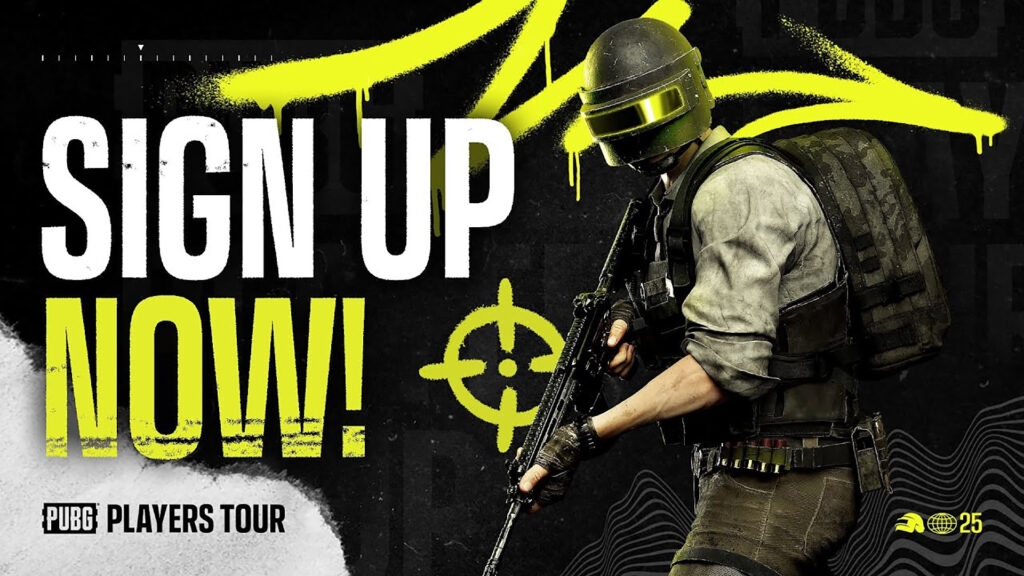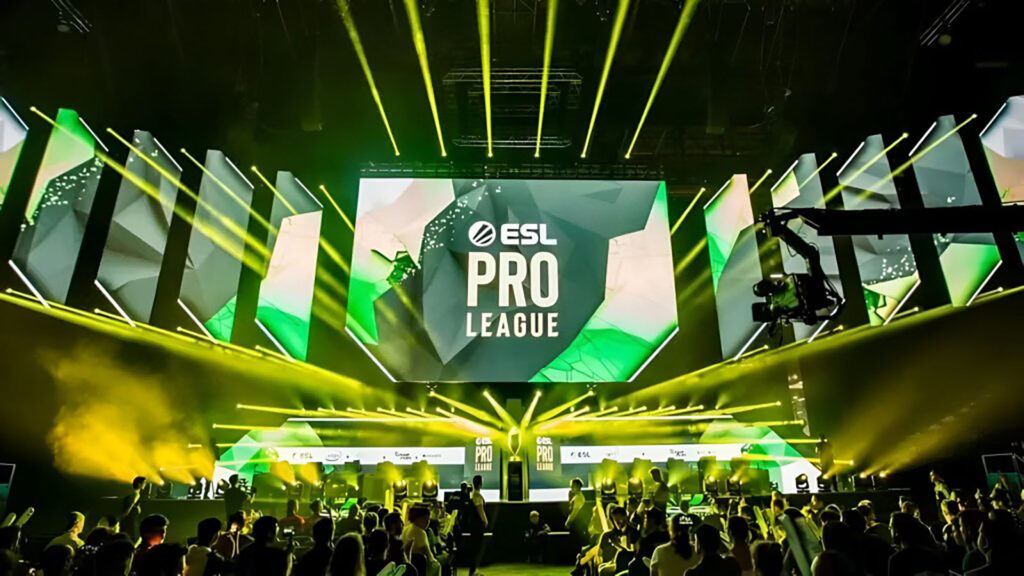
Frostpunk 2 Will Test Your Political Prowess
I’m going to say it outright: If you don’t want politics in your games, then Frostpunk 2 is not for you.
IGN went hands-on with the hotly (or coldly?) anticipated sequel’s sandbox mode, and it’s bigger on every level. Instead of constructing individual tents and sawmills, you’re building entire city districts. Populations grow by the thousands. Time is counted in weeks rather than days. And yes – the difficult choices you made in Frostpunk 1 are now a full-on game of politics that may have dire consequences for your city.
Steampunk visions
The developer says that this “Utopia Builder” sandbox build is 40% of the full Frostpunk 2 experience – but I think we’ll actually have more to look forward to, as this build felt like only a slice of sandbox mode itself. Most of the customization options were grayed out, meaning I could only choose one map, one goal (or “ambition”), and one set of communities.
So it was decreed. I would build my little steampunk city in an ice-encrusted valley, with the eventual goal of colonizing the “Frostland,” the wilds beyond the city limits.
The first thing that grabbed my attention were the striking visuals, which convincingly depicted a post-apocalypse world gripped by unearthly cold.
If you’re looking for graphics that’ll really test your gaming hardware, Frostpunk 2 has them. City lights glow in the gloom’s swirling snowfall. When you mark out a district, buildings bloom before your eyes, adapting to the landscape (like buildings with stilts along steep cliffs). Steel highways grow between districts like great veins, buzzing with bots and even the occasional automaton, all leaving ghostly trails in the harsh wind.
If you’re looking for graphics that’ll really test your gaming hardware, Frostpunk 2 has them.
Speaking of, let’s talk about districts. You’re a little freer this time to build farther from the central district’s generator, which is a departure from Frostpunk 1’s distinctive radial grid. Instead, you’ll mark hex tiles as areas for industry, food production, logistics, and more. You can add extra land to each district as your citizens’ needs grow, as well as one or two notable buildings (such as a council hall).
The downside of this bigger-picture approach to city-building is that things didn’t feel as miserable as they did in Frostpunk 1. You’re no longer deciding whether people eat soup or sawdust. You no longer see individual citizens as you zoom in. You no longer see the ones who are homeless, trying to warm themselves by the generator, but nevertheless freeze to death in their sleep.
Snippets of narrative occasionally pop up (like that of a petty criminal, bullying newcomers into giving him their jewelry), but they feel more like flavor text than anything. What truly drives game progression is Frostpunk 2’s new and most significant mechanic: Factions.
Everybody wants to save the world
Just like in real life, your people can be divided on their beliefs. This preview’s starter communities were the survivalist Foragers and the Machinists, who push an agenda of technology and automation. Their differing values influence which laws they support: pass one law, and you might end up angering the other faction. Over time, new, radical factions may emerge, putting up more potential roadblocks to progress. Just like they say in Fallout: “Everybody wants to save the world… they just disagree on how.”
You’re no longer the sole lawmaker in town; delegates from all communities now join you in the city council. In order to pass a law, you must propose it and win a majority vote. It therefore behooves you to play your political cards right, figuring out how to progress your society and technologies while balancing factions’ sentiments of you.
There are several ways to do that, from letting a faction propose laws of their choosing, to “funding” a community to pursue projects within its interests. Or you can simply pressure council delegates to vote for your own interests (though all communities will certainly be unimpressed by it, and the vote may still fail).
A faction with favorable views can have their advantages, like speeding up the city’s research on new technologies. A large bubble at the bottom of the screen is mostly unnoticeable – until it begins to fill with a black, boiling liquid. That’s when you’ll know that you’re quite literally making ripples in the population.
Displease a faction enough and they may demand that your law be repealed – or they may even riot.
Be warned – even if a law passes, it is not set in stone! Displease a faction enough and they may demand that your law be repealed – or they may even riot, effectively closing down one of your districts. With its resources no longer coming in, your city may quickly fall into chaos, leading to your eventual eviction.
The ice beckons
Set for release in July, Frostpunk 2 is tantalizingly close. Don’t expect quite the same game as its predecessor, especially if you’re hoping for more hands-on misery, but the large-scale city-building and faction management mechanics were truly challenging (and fun!).
This preview was limited, but I was secretly excited by all the grayed-out research options, sandbox customisations, laws, and more – because if they end up being as polished as the preview, we’ve got an absolutely top-tier experience to look forward to. The Frostpunk series has evolved beyond mere survival, and it’s now time to shape society. I personally can’t wait.








